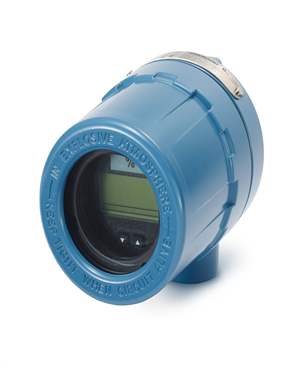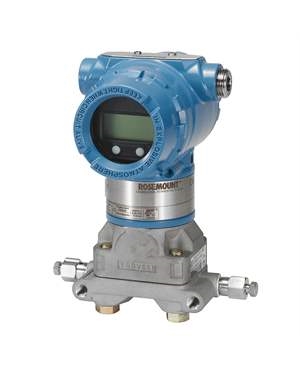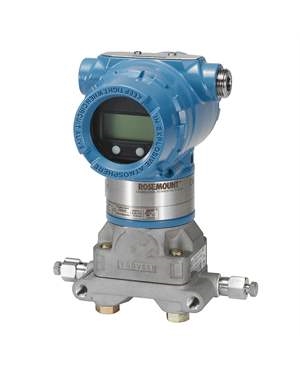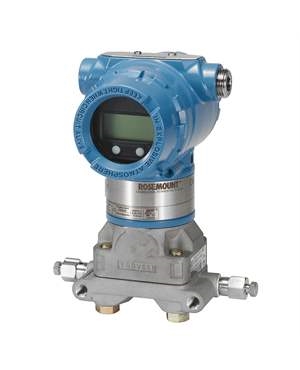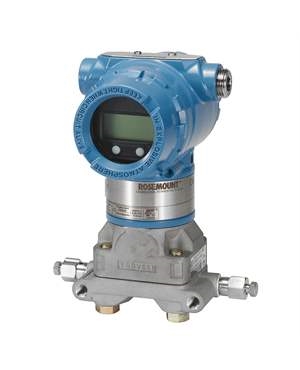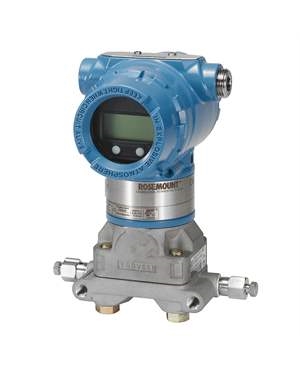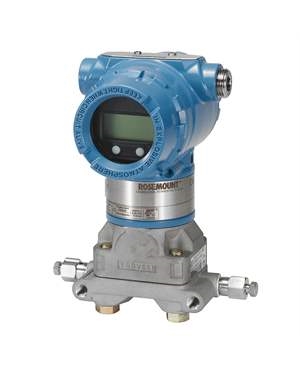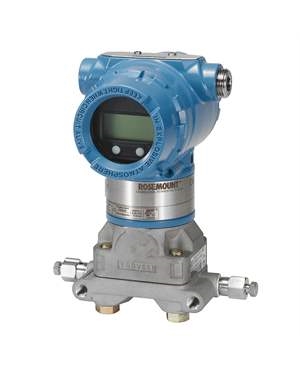Radar Level Transmitter Vs Ultrasonic Level Transmitter – Know the Real Difference
Brian Craig
January 13, 2021
Level measurement is essential in several process applications to keep track of the fluid level in a process in terms of volume or weight. This can be done using a level measurement transmitter. It is an instrument or device that is used to determine the level of liquid or bulk solids at a given time. These transmitters are different from level switches, which sound an alarm when the level of the fluid inside reaches a predetermined level. Different types of level transmitters are used to control the level of liquids or semi-solid substances in a pressure tank or vessel. Radar level transmitters and ultrasonic level transmitters are most popularly used for level measurement. Both the transmitters can measure flow rates in all types of open channel flow applications. But what makes them so different from each other? This post discusses everything about radar level transmitters and ultrasonic level transmitters in detail.
What is Radar Level Transmitter?
Radar level transmitter, popularly known as guided wave radar level transmitter (GWR), is a contact-based level measurement method that follows the principle of Time Domain Reflectometry (TDR). They make use of a probe that guides high-frequency electromagnetic waves as they travel from a transmitter to the media that is being measured. With the TDR measurement technique, low-energy electromagnetic waves are transmitted along with the probe, which traverses into the process media, and their partial energy is reflected in the sensor circuitry. The fluid level is calculated by considering the time difference between the sent and the received pulses. Unlike other level measuring techniques, a guided wave radar level transmitter measures readings that are independent of the physical or chemical properties of process media. These transmitters work well in both solids and liquids.
What is Ultrasonic Level Transmitter?
Unlike radar level transmitters, ultrasonic level transmitters use a non-contact level measurement technique. The transmitter uses a piezo-electric transducer to emit mechanical waves. They operate by sending a sound wave to the process media that is being measured. A precise level measurement depends on the signal from the process media to the transducer. However, there are various factors that can affect the returning signals including heavy vapors, surface turbulence, dust, tank obstructions, and many more. Therefore, it is important to consider the characteristics of sound when using ultrasonic level measurement.
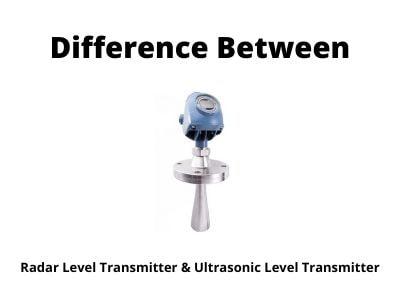
What are the differences between Radar Level Transmitters and Ultrasonic Level Transmitters?
The following are some important differences between two-level measurement transmitters:
- Environmental Conditions: Ultrasonic transmitters should be mounted in a predictable environment. This is because dust, humidity, and other physical parameters may contaminate and affect the accuracy of the reflected signal. On the other hand, radar transmitters work well even in a dusty and overall harsh industrial environment.
- Pressure Limits: Ultrasonic transmitters are not intended for high or negative pressure limits. The device can bear a maximum working pressure of 3 bar. But, radar may work in maximum operating pressure over 4Mpa.
- Temperature Limits: Ultrasonic transmitters work well with temperatures over 80°C. Varying process temperatures or fluctuations may produce inappropriate readings. Guided wave radar level transmitter works well in temperature up to 315°C.
- Accuracy: Changes in density, acidity, viscosity do not affect the accuracy of radar level transmitters. Thus, radar transmitters are more precise than ultrasonic transmitters. For storage tank level measurement, high accuracy radar transmitters are used.
- Performance: Performance of the ultrasonic transmitter is based on the strength of the reflected sound wave, while radar performs well independent of the process conditions.
- Applications: Ultrasonic transmitters are an excellent choice for solid as well as liquid level measurement. They are widely used for presence detection and object profiling. The car wash industry is one great example of using ultrasonic sensors to enhance efficiencies and improve processes. The most common applications of radar transmitters are minerals and mining, oil and gas, asphalt blending tanks, alum and wax tanks, pharmaceutical, pulp and paper, and more.
Radar Level Transmitter: How It Works
A radar level transmitter, often called a guided wave radar level transmitter (GWR), is a contact-based level sensor. It uses Time Domain Reflectometry (TDR) to send high-frequency electromagnetic pulses down a probe into the process media. As the pulse hits the media surface, part of it reflects back. The device calculates level based on the time it takes for the signal to return.
Key advantages:
- Immune to temperature, pressure, dust, and vapor interference
- Highly accurate in both liquid and solid applications
- Suitable for harsh and dynamic environments
- Works up to 315°C and high pressures (4MPa+)
Ultrasonic Level Transmitter: How It Works
An ultrasonic level transmitter is a non-contact device that uses a piezoelectric transducer to emit ultrasonic sound waves. These waves travel through the air and reflect off the media surface. The transmitter calculates the level based on the time delay between emission and echo reception.
Factors affecting performance:
- Heavy vapor, dust, surface turbulence
- Temperature and humidity changes
- Obstructions in the tank
Now that the difference between radar transmitters and ultrasonic transmitters is known, you can choose the appropriate one for your application. When choosing level transmitters for your applications, don’t compromise on quality as it can make a huge difference. You should source them from a trusted manufacturer or supplier like The Transmitter Shop. Over the years, the company offers high-quality and performance-driven level transmitters.
Frequently Asked Questions (FAQ):
What is the difference between an ultrasonic level transmitter and a radar level transmitter?
Radar uses microwaves and is less affected by environmental variables. Ultrasonic uses sound waves and is more susceptible to vapors, dust, and surface conditions.
When should you use a radar level transmitter?
Use it when accuracy is critical and the environment is harsh—such as in high-pressure, high-temperature, or vapor-heavy conditions.
What are the limitations of radar level transmitters?
Radar transmitters may be more expensive and might not be necessary for simple, non-hazardous applications. Some models also require grounding for optimal performance.
Related Posts
- What are the Advantages of Different Types of Level Measurement Transmitters?
- Types of Level Measurement Transmitters & How Do They Work?
- How to Choose Between a Level Transmitter and Level Switch?
- Radar Level Transmitters: Setup and Working Principle
- Radar Level Transmitters: Types & Industrial Applications
- Radar Level Transmitter Vs Ultrasonic Level Transmitter – Know the Real Difference
- Know How Guided Wave Radar Level Transmitters Work
- How to Measure Pressure, Flow, and Level Accurately in Instrumentation Lines?
- Level Monitoring Solutions for Molten Metal Applications
- Steam Boiler Drum Level Measurement A Comparison of Control System Technologies
- Flow Measurement Challenges in Subsea Operations
- Pressure Sensing Sensor Modes of Measurement Key Differences and Benefits
- Electromagnetic Flow Sensors for Abrasive and Corrosive Fluids
- Mass Flow Meters and Their Working Principles
- Best Explosion Proof Switches for Hazardous Environments
- Best Explosion Proof Switches for Hazardous Environments
- Furnace Flame Sensor Faults Everything You Need to Know for Safe Operation
- Pneumatic Pressure Controllers: A Safe Choice for Hazardous Areas
- A Practical Guide to Vacuum Measurement and Operation
- Understanding Electrochemical Detection: Principles, Techniques and Environmental Application
QUICK ENQUIRY
